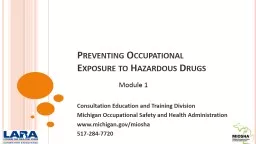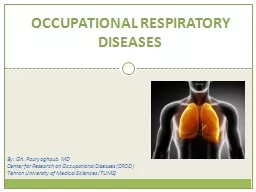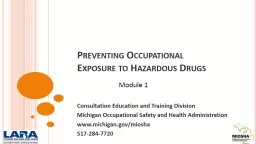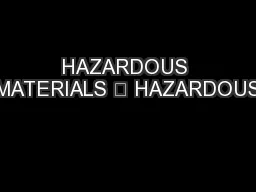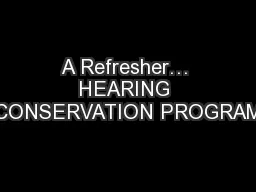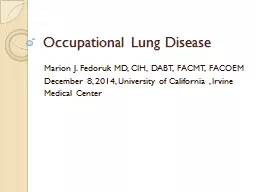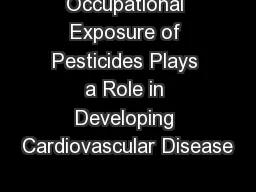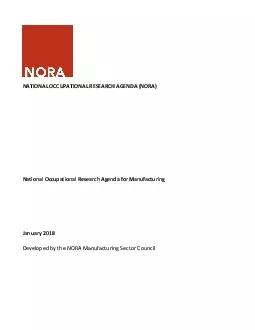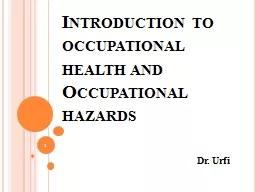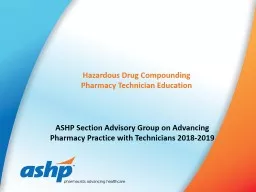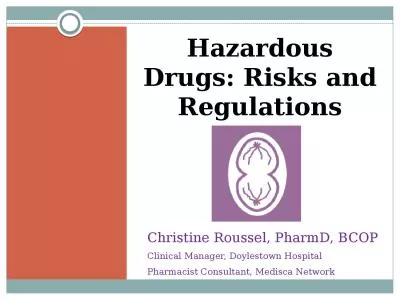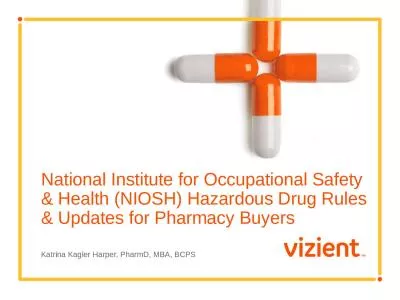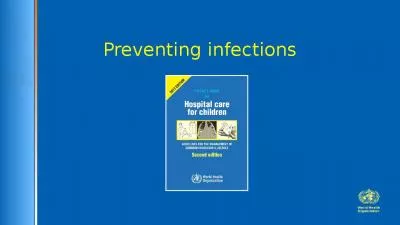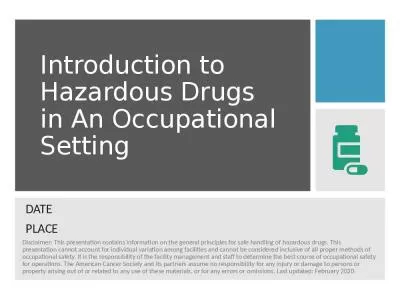PPT-Preventing Occupational Exposure to Hazardous Drugs
Author : mitsue-stanley | Published Date : 2017-08-09
Consultation Education and Training Division Michigan Occupational Safety and Health Administration wwwmichigangovmiosha 5172847720 Module 1 Module 1 Training Overview
Presentation Embed Code
Download Presentation
Download Presentation The PPT/PDF document "Preventing Occupational Exposure to Haza..." is the property of its rightful owner. Permission is granted to download and print the materials on this website for personal, non-commercial use only, and to display it on your personal computer provided you do not modify the materials and that you retain all copyright notices contained in the materials. By downloading content from our website, you accept the terms of this agreement.
Preventing Occupational Exposure to Hazardous Drugs: Transcript
Download Rules Of Document
"Preventing Occupational Exposure to Hazardous Drugs"The content belongs to its owner. You may download and print it for personal use, without modification, and keep all copyright notices. By downloading, you agree to these terms.
Related Documents

